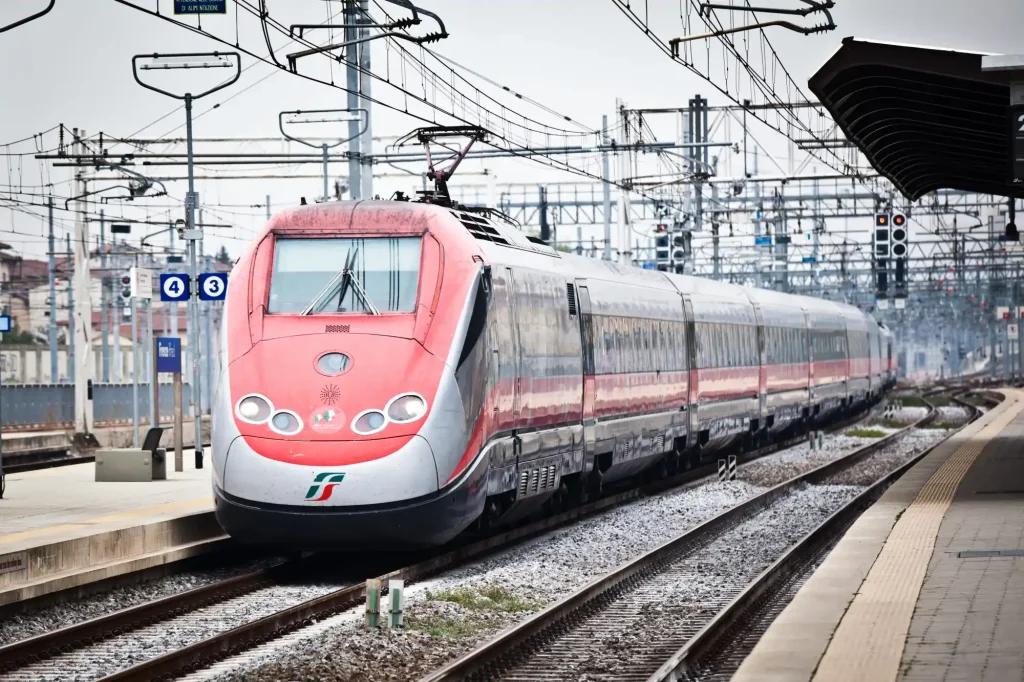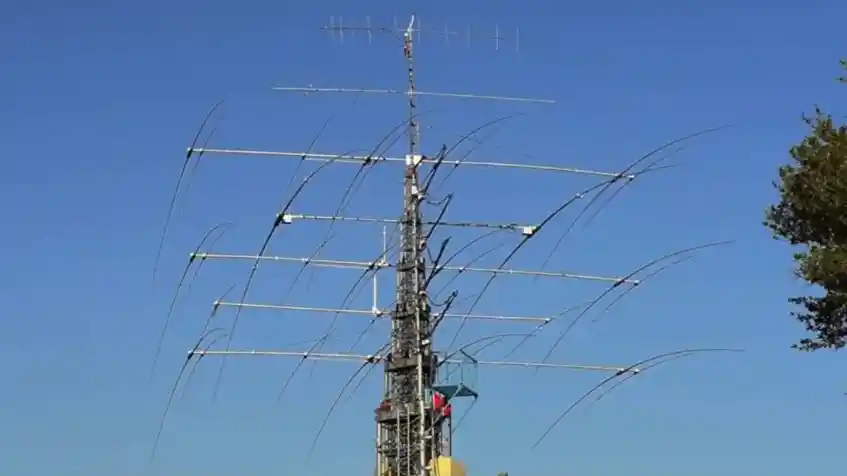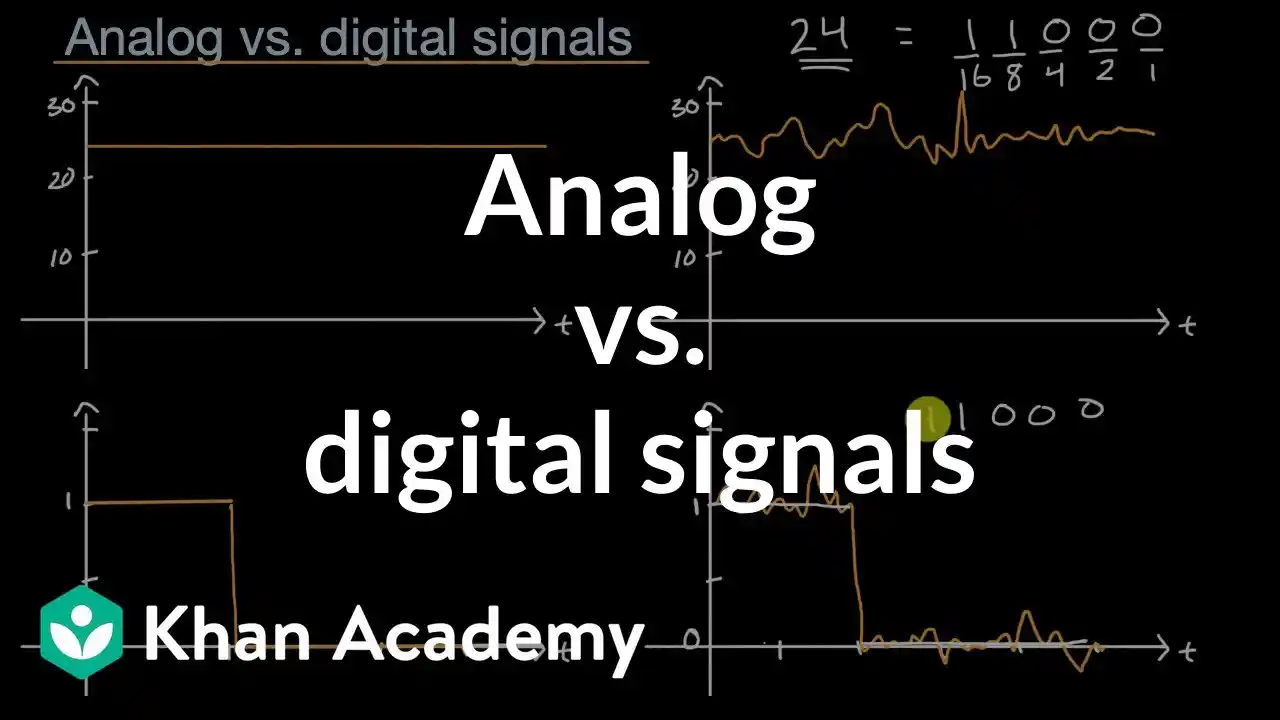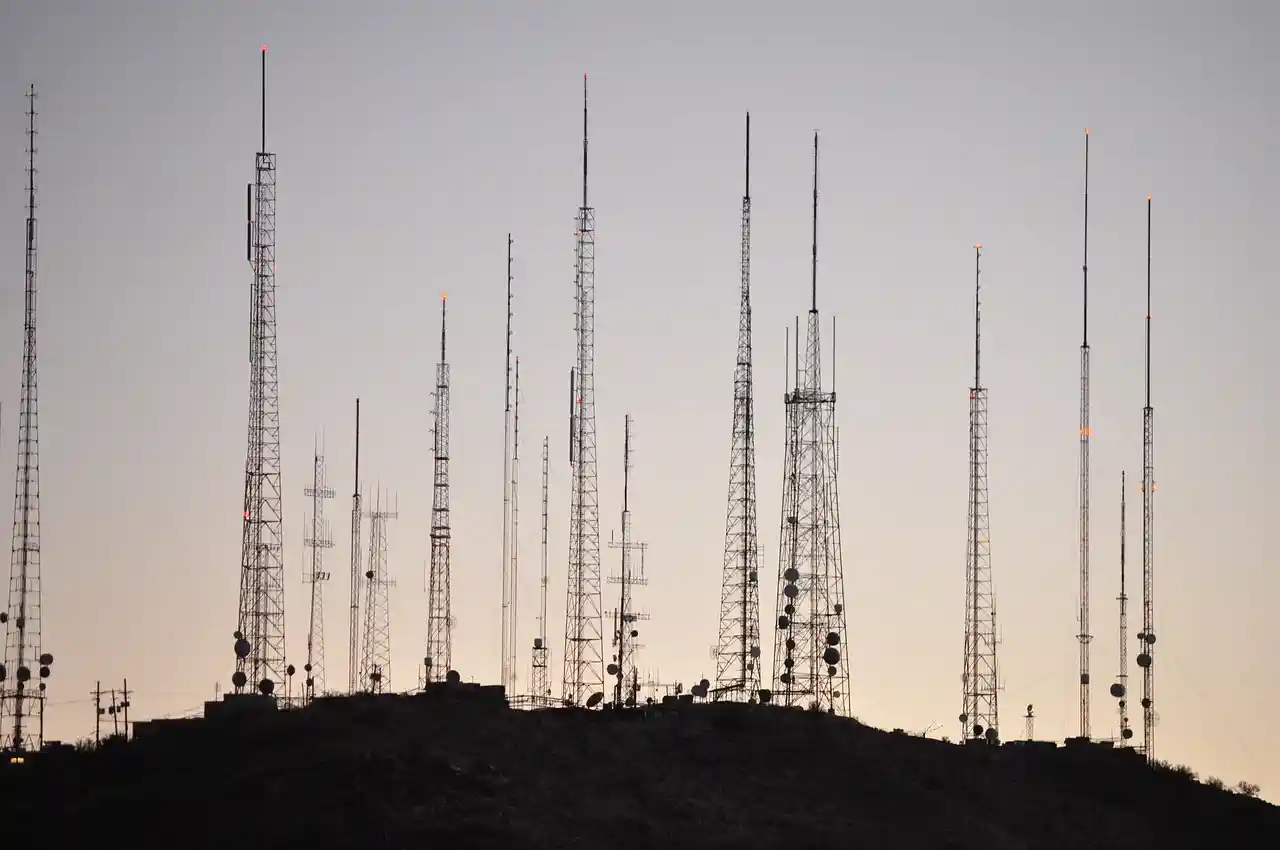Railroad communication systems rely heavily on radio technology to ensure seamless operations, safety, and efficiency. One of the most critical components of this system is the railroad radio power and antennas supply. A well-optimized railroad radio power and antennas supply is crucial for real-time communication between train crews, dispatchers, and railway operators.
In this article, we will explore every aspect of railroad radio power and antennas, including their types, working mechanisms, frequency regulations, installation, maintenance, and essential tips to maximize performance.
1. Understanding Railroad Radio Power
Railroad radios operate using specific power sources and voltage levels to ensure reliable communication. Power is one of the most crucial elements in radio performance as it determines range, clarity, and signal strength.
1.1 Power Sources for Railroad Radios

Railroad radios are typically powered by:
- Train’s Electrical System: Most modern locomotives have built-in electrical systems that provide a stable power source for radio communication.
- Battery-Powered Radios: Some handheld radios used by railway workers operate on rechargeable or disposable batteries.
- External Power Supplies: In railway stations, yards, and dispatch centers, radios are often connected to an external power source with a stable voltage.
1.2 Power Output of Railroad Radios
The power output of a radio determines how far the signal can travel. Railroad radios generally have:
- Low Power (1-5 Watts): Used for short-range communication, often within yards or station areas.
- Medium Power (5-25 Watts): Suitable for train crews communicating with dispatch centers.
- High Power (25-50 Watts+): Used in base stations and locomotive radios for long-distance communication.
1.3 Power Supply Considerations
- Voltage Stability: Railroad radios require a steady voltage supply, often ranging from 12V to 24V DC.
- Backup Power: Many systems use backup batteries to ensure uninterrupted communication in case of power failure.
- Surge Protection: Power surges can damage radios, so protective circuits and voltage regulators are essential.
2. Understanding Railroad Radio Antennas
Antennas play a crucial role in railroad communication by transmitting and receiving radio signals. A properly selected and installed antenna ensures clear transmission and reception over long distances.
2.1 Types of Railroad Radio Antennas
There are several types of antennas used in railroad communication:

2.1.1 Whip Antennas
- Long, flexible antennas commonly mounted on locomotives and vehicles.
- Provide omnidirectional coverage, meaning they can send and receive signals in all directions.
- Ideal for VHF (Very High Frequency) and UHF (Ultra High Frequency) communication.
2.1.2 Yagi Antennas
- Highly directional antennas used in fixed locations like control towers.
- Offers high gain and long-range communication in a specific direction.
- Commonly used for point-to-point transmission over large distances.
2.1.3 Base Station Antennas
- Installed on radio towers or control centers for wide coverage.
- Can be omnidirectional or directional, depending on communication needs.
- Typically mounted at high elevations to maximize range.
2.1.4 Magnetic Mount Antennas
- Portable antennas that can be attached to metal surfaces.
- Used in vehicles and temporary communication setups.
- Offer flexibility but may have lower range compared to fixed antennas.
2.2 Antenna Frequency Bands
Railroad communication in North America primarily operates in the VHF (Very High Frequency) band, specifically between 160.000 MHz and 161.900 MHz. These frequencies are allocated by the Federal Communications Commission (FCC) for railway operations.
Some railroads also use UHF (Ultra High Frequency) radios, especially in urban areas where interference is a concern.
2.3 Antenna Installation & Positioning
Proper installation and positioning are key to maximizing antenna performance. Here are some best practices:
- Height Matters: The higher the antenna, the better the signal range.
- Avoid Obstructions: Trees, buildings, and other structures can weaken signals.
- Grounding: Proper grounding prevents static and enhances performance.
- Cable Quality: Using high-quality coaxial cables minimizes signal loss.
3. Railroad Radio Communication Systems
Railroad radio systems are designed to support real-time, secure, and interference-free communication. They include:
3.1 Analog vs. Digital Railroad Radios

- Analog Radios: Traditionally used in railroads, offering reliable voice communication but limited features.
- Digital Radios: Modern railroads are switching to digital communication for better clarity, encryption, and data transmission capabilities.
3.2 Dispatch & Train Crew Communication
Railroad radios facilitate communication between:
- Train crews
- Dispatchers
- Maintenance teams
- Yard workers
- Emergency responders
3.3 Handheld vs. Mobile Radios
- Handheld Radios: Portable and used by on-ground railway staff.
- Mobile Radios: Installed in locomotives and vehicles for long-range communication.
4. Regulations & Safety Standards
4.1 FCC Regulations for Railroad Radios
- The FCC (Federal Communications Commission) regulates railroad radio frequencies.
- Railroads must comply with Part 90 of the FCC rules.
- Licensing is required for operating on specific railroad frequencies.
4.2 Railway Safety Standards for Radios
- Radios must meet industry standards for durability and reliability.
- Must operate effectively in extreme weather conditions.
- Emergency channels must be available for urgent communication.
5. Maintenance & Troubleshooting
5.1 Regular Maintenance Tips
- Inspect antennas and cables for wear and tear.
- Check power connections to prevent voltage drops.
- Test radios regularly for signal strength and clarity.
- Keep firmware and software updated for digital radios.
5.2 Troubleshooting Common Issues
- Weak Signal: Check antenna positioning and power output.
- Interference: Identify and eliminate sources of radio interference.
- Battery Drain: Replace old batteries and ensure proper charging.
- Audio Distortion: Inspect speakers and microphones for damage.
6. Choosing the Right Railroad Radio & Antenna
When selecting a railroad radio and antenna system, consider:
- Range & Coverage Needs: Choose power output based on operational area.
- Compatibility with Existing Systems: Ensure the radio works with railway networks.
- Durability & Weather Resistance: Must withstand harsh environments.
- Ease of Installation & Maintenance: Simple setups reduce downtime.
Read More: Zio Heart Monitor





